If you are interested in using positive discipline strategies but are unsure where to begin, you are in the right place!
I will share with you tips on how to effectively use positive discipline by better understanding what it entails!
What exactly is discipline, and how do you use it to parent positively?
With a greater understanding of the ins and outs of discipline, we as parents can use it effectively in our parenting arsenal of tools!
Understanding what discipline is all about
As I’ve mentioned before, when it comes to discipline, it sometimes has negative connotations associated with it. Which honestly is wrong and not the case. When used properly, discipline becomes more focused on the positive behaviors and reactions, rather than focusing on undesired behaviors and negative reactions to situations.
What exactly is Discipline?
Below I go over the ways in which discipline can be used in a positive, meaningful interaction between you and your children. I have broken down each letter of the word “discipline” and associated it with a discipline strategy.
Related post: Time in-the positive alternative to time out
D is for Develop a plan
The first step when it comes to discipline is to develop a plan. Figure out how and what you do and do not want to do when it comes to disciplining your child. This is super important and a stepping stone for how you will parent. It is by no means an all for nothing; as in, you will make changes and adjustments to your parenting plan as different scenarios come up and as your children grow up. This is your basis as to the approach you want to take when it comes to parenting overall.
I is for Identifying the needs of your child
Identifying the needs of your child is key in achieving a positive discipline outcome. You want to identify what areas your child needs the most direction in, and compile some ways to assist them in getting their needs met. Having a clear understanding of exactly what your child needs will make parenting them positively easier and successful.
S is for Structuring their environment
Structure can sometimes be thought of in a negative light, but that is not that way is was intended; especially when it comes to discipline. Structure is key, especially when it comes to parenting the Montessori way. When implemented in a positive, nurturing way, structure can be a vital tool in your parenting journey. Setting boundaries, clear expectations, and natural consequences are key in structuring their environment.
C is for Consistency
Consistency is key in your discipline plan being successful. The most important thing to remember is to follow through and do what you say you’re going to do. Children thrive on consistency and knowing what to expect from those they depend on is important. It gives them a sense of security. Do not set consequences or give open ended threats that you do not plan on executing. This can cause and issue with trust between you and your child, and put your whole discipline plan in jeopardy.
I is for Independence
As hard as this may be and sound, you must allow your children to exercise their independence. In order for children to learn from the experiences, they must have have some level of independence; within reason. It’s important to set clear expectations and boundaries when allowing your child to be independent. It is by no means a free for all where they have free reign to do whatever they like.
P is for Praise
Praise your child and acknowledge them when they do something positive or they make good decisions! Highlighting when they do something positive can lead to them feeling more confident in themselves and the decisions they make. Everyone likes hearing they are doing a good job and it will lead to them continue to demonstrate positive behaviors.
Related post: 5 basic Montessori principles that can compliment your parenting style
L is for Limits within boundaries
An important part of any discipline strategy is to set limits. Setting clear limits and expectations is necessary in successfully implementing positive discipline. I do not want you to take this the wrong way…setting limits for children does not mean that you will stifle their independence or prevent them from being children, it is a way to positively encourage good decision making and set the example on making good choices. Without limits, it can make this entire process difficult and can lead to confusion for your child.
I is for Ignoring negative behaviors
As important as it is to praise and acknowledge positive behaviors, it is just as important to ignore negative behaviors. When you put too much emphasis on negative behaviors, it has the opposite effect. Instead of your child learning that the negative behaviors are not okay, they can sometimes fixate on them and continue them. Instead of getting your child to not display these negative behaviors, they will in turn keep displaying them. Acknowledge the negative behavior and then move on from it.
N is for Noticing positive changes
Watch and observe your child through this process. A big part of the Montessori philosophy is watching, observing and taking notice of how children react wit certain aspects within their environment. As you’re observing, take careful notice of what works and doesn’t work for your child and adjust your disciple strategy accordingly.
E is for Excusing their behaviors
Be careful not to excuse or ignore your child’s negative behaviors. When you ignore these behaviors, it gives your child the impression that it is okay to keep displaying the negative behaviors. As stated earlier, call attention to the negative behavior, do not dwell on it, and move on from it. This let’s your child know it is not okay, but does not give the negative behaviors too much attention.
Related post: Montessori Tidbits Part 2: Positive Discipline the Montessori Way
In conclusion
When implementing positive discipline strategies take these tips into consideration when planning your discipline plan, and most importantly, your child’s individual needs. Also, don’t fret if you run into a few bumps on your positive discipline journey, just adjust your plan and strategy to make it work for you and your child. In the end, it is about creating an environment for your child that is positive, nurturing and attentive to their development.

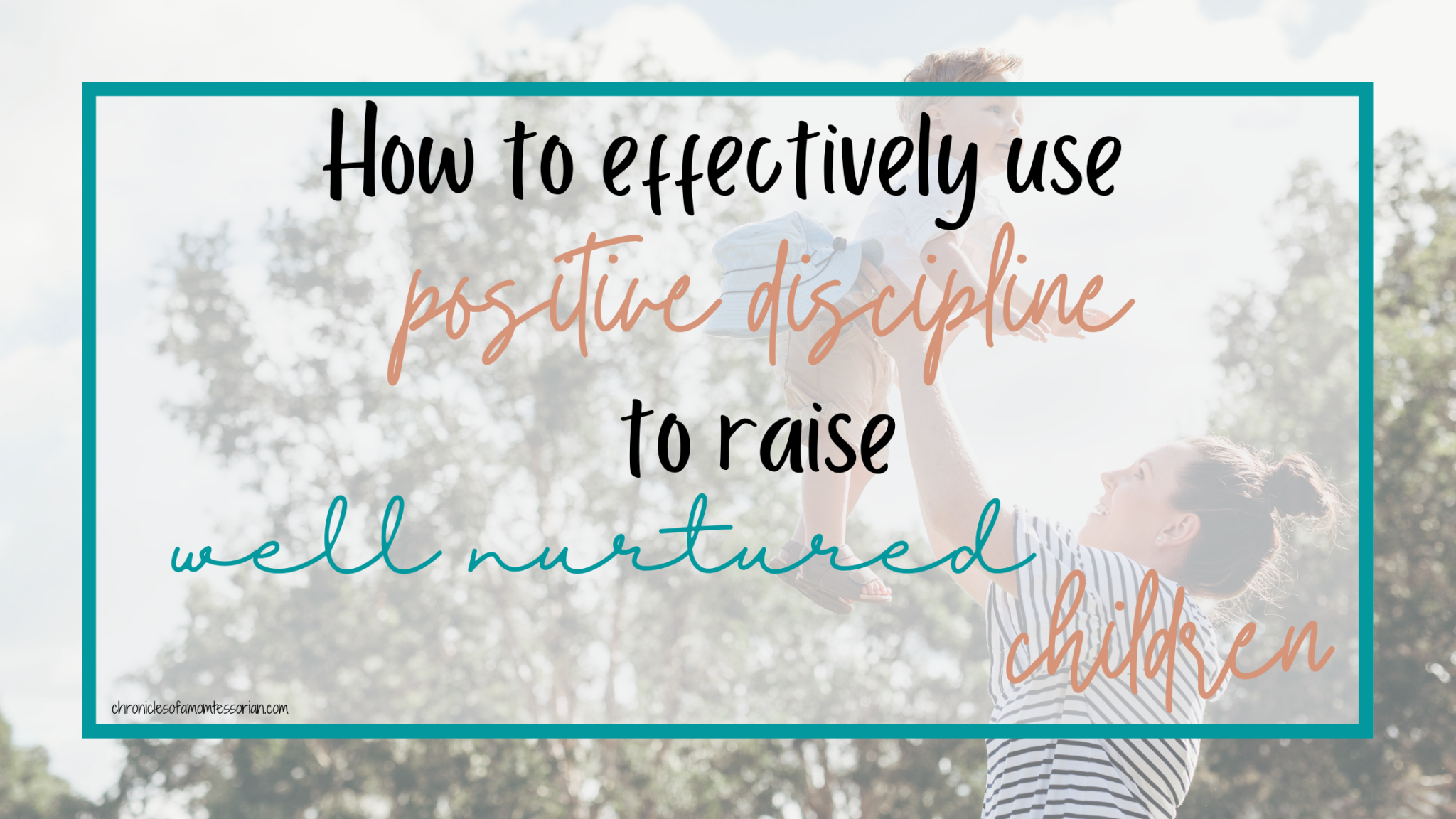
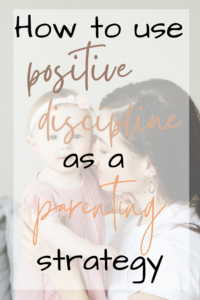
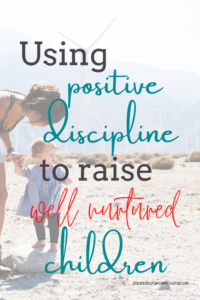


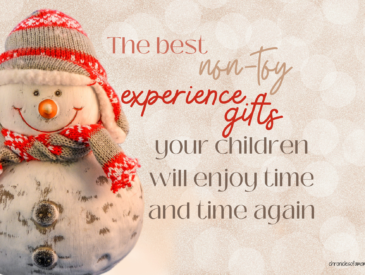

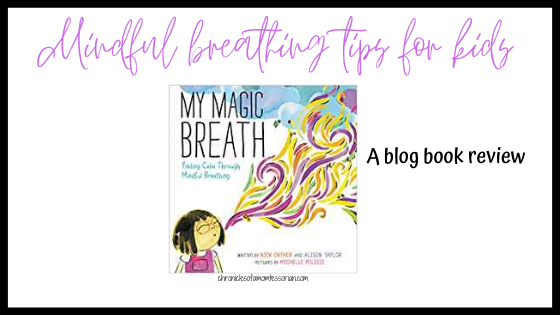
Thanks for this post, really good advises for raising our kiddos! It is so important to respect feelings and understand them!
Thanks Carolina! Respect has to go both ways for successful parenting
These are really great tips, I will have to show this to my cousins that have kids! I dont have any yet.
Thank you Bella!
Very well said, (actually written). All the points are relatable and very necessary to nurture the little ones and instill positive qualities among them,
Thank you Subarna, I always try to provide helpful tips to parents
Excellent tips ! Especially about the negative behaviors!
Thank you Amanda!
I try to discipline like this. However, if the kids aren’t listening, I yell. I won’t lie. It’s rare, but it gets attention fast.
That’s okay Amber, it happens to all of us!
I’ll have to send this to my cousin who just had a baby, she could use the tips
Thanks Mimi!
This is great! My youngest challenges me everyday, and I’m always trying to figure out better ways to correct his behavior.
Hopefully some of these tips can help with that Tisha
I love how well aligned positive discipline is to the Montessori philosophy. Freedom within clear limits is crucial to the prepared environment, so it makes sense that it should apply to other areas of a child’s life!
Yes, so true Jacqueline! There are so many aspects that follow the Mon5 philosophy!
I also always say, “consistency is key.” I have a 2 year old, and I am trying to be encouraging, yet discipline him when he needs it. It’s hard work, but it will pay off.
Amazing tips! I try not to think of how I can positively discipline my daughter. These help!
These were really great tips and they are all very practical as well! Thanks for sharing.
Thank you for sharing these tips! I especially liked the one about ignoring negative behavior. I never realized how drawing attention to the negative behavior would actually make the situation worse, but it makes complete sense how it would. As a former teacher, we were all about the emphasizing and praising the positive. I need to remember this in my parenting, too!
Thank you for these great tips. My oldest has some developmental delays which has in turn led to some behavioral issues so everything outlined here is very practical and on point. We have used many of these strategies and it has helped so much.
i love this tips really appreciate your time to create this
These are awesome tips!! Thank you for sharing.
So you should Ignore negative behaviors but not excuse them? I’m confused. Or is it just kinda picking your battles here, not emphasizing and reacting as heavily to the negative behaviors as with praising the positive ones? I definitely want to get to a place where my 3 kids (ages 6, 6, 9) are not fighting with each other and me every dang moment of the day. We are struggling big time over here!
Heather, give negative behaviors just amount of attention to speak about them not being okay, and then move on. The more you keep talking about the negative behavior, the more attention you are bringing to it. If you dwell on it too much, children will see the reaction it gets from you and want to get that reaction again.
Great tips, I’m gonna bookmark and keep coming back to this, Parenting is so hard and as the kids grow the dynamics change, you have to keep learning and growing with them in your parenting!